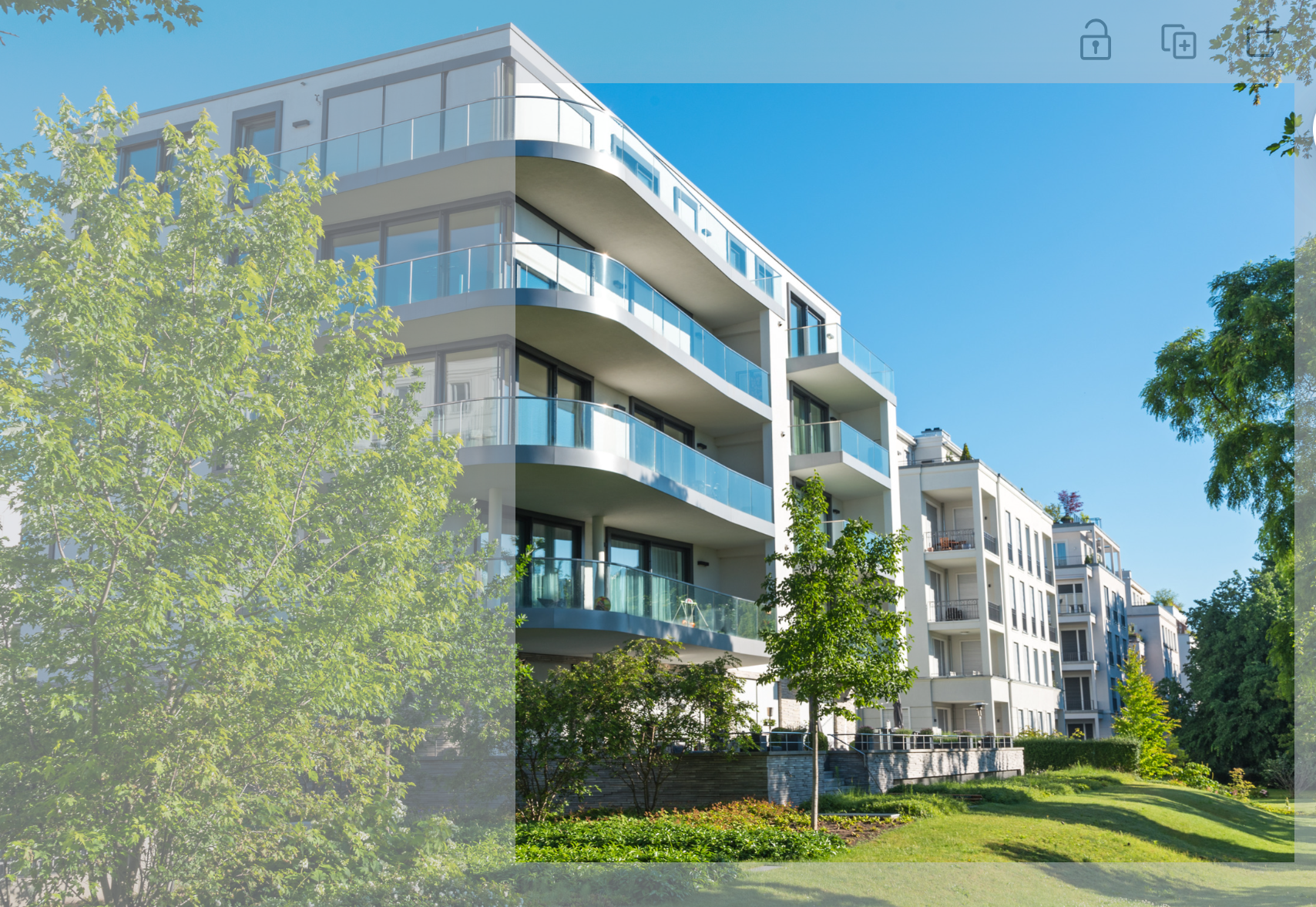Tips for Designing Eco-Friendly Outdoor Spaces
https://buymeacoffee.com/kaysogy/tips-designing-eco-friendly-outdoor-spaces
 As environmental consciousness continues to rise, more homeowners and real estate investors are focusing on eco-friendly outdoor spaces. Creating an environmentally sustainable outdoor area not only benefits the planet but can also boost property value, making it an appealing feature for eco-conscious buyers and renters. In this article, we will cover essential tips for designing outdoor spaces that are both sustainable and attractive, while incorporating key real estate trends.
As environmental consciousness continues to rise, more homeowners and real estate investors are focusing on eco-friendly outdoor spaces. Creating an environmentally sustainable outdoor area not only benefits the planet but can also boost property value, making it an appealing feature for eco-conscious buyers and renters. In this article, we will cover essential tips for designing outdoor spaces that are both sustainable and attractive, while incorporating key real estate trends.
1. Use Native Plants: Incorporating native plants into your landscaping is one of the most effective ways to design an eco-friendly outdoor space. Native species are adapted to local climates, requiring less water and fewer chemical treatments than non-native plants. This reduces maintenance costs while supporting local ecosystems. Consider drought-resistant options, especially in areas with limited rainfall, to minimize water usage.
2. Implement Smart Irrigation Systems: Water conservation is critical when creating an eco-friendly garden. Smart irrigation systems can help reduce water wastage by using weather data and soil moisture sensors to optimize watering schedules. Drip irrigation is another efficient system that delivers water directly to the roots, minimizing evaporation.
3. Utilize Recycled and Sustainable Materials: When designing hardscapes like patios, walkways, or decking, opt for sustainable materials. Reclaimed wood, recycled concrete, and natural stones are excellent alternatives to conventional, resource-intensive materials. Using permeable paving materials can also help manage stormwater runoff, reducing erosion and water pollution.
4. Install Energy-Efficient Outdoor Lighting: Lighting plays an important role in outdoor design, but it can consume a significant amount of energy. LED lighting uses up to 80% less energy than traditional incandescent bulbs and lasts much longer. Solar-powered lights are another excellent option, especially for illuminating pathways and patios without the need for an external power source.
5. Incorporate Green Roofs or Living Walls: Green roofs and living walls are excellent ways to enhance the sustainability of urban outdoor spaces, particularly for multifamily properties or homes in densely populated areas. These features help improve air quality, provide natural insulation, and reduce heat islands in urban environments.
6. Create Composting and Recycling Areas: Promote sustainability by setting up dedicated composting areas for yard waste and organic kitchen scraps. Composting not only reduces waste sent to landfills but also provides rich, nutrient-dense soil for your garden. Including easy-to-access recycling stations outdoors can encourage eco-friendly habits among tenants or family members.
7. Add Water Features Mindfully: Water features, such as ponds and fountains, can add tranquility and aesthetic appeal to outdoor spaces, but they need to be designed with sustainability in mind. Opt for solar-powered pumps and ensure that any water features are recirculating, meaning they reuse water instead of continuously drawing from a fresh supply. Rainwater harvesting systems can also be integrated to fill water features naturally.
8. Focus on Edible Landscaping: Planting herbs, vegetables, and fruit trees not only offer aesthetic value but also provides a practical, sustainable food source. Edible landscaping is growing in popularity among eco-conscious homeowners and can reduce reliance on store-bought produce, cutting down on packaging and transportation emissions.
9. Design for Wildlife Habitat: Attracting wildlife to your garden by planting pollinator-friendly plants and providing habitats for birds, insects, and small mammals can support biodiversity. Birdhouses, insect hotels, and water sources for animals are small additions that make a big environmental impact, while also enhancing the natural beauty of your outdoor space.
10. Opt for Minimal Chemical Use: Chemical fertilizers and pesticides can harm local ecosystems, especially if they seep into water sources. To maintain the health of your garden while protecting the environment, use organic fertilizers, natural pest repellents, and companion planting techniques.
Conclusion: Designing eco-friendly outdoor spaces benefits both homeowners and the environment. By prioritizing sustainable practices like using native plants, recycling materials, and minimizing water usage, you can create beautiful, eco-conscious outdoor areas. These spaces not only help combat climate change but also attract a growing demographic of environmentally-conscious buyers and tenants, increasing the marketability of your property. By integrating these eco-friendly design elements into your real estate development, you'll create a greener space and increase the appeal and value of your property in a competitive market.
Comments
Post a Comment